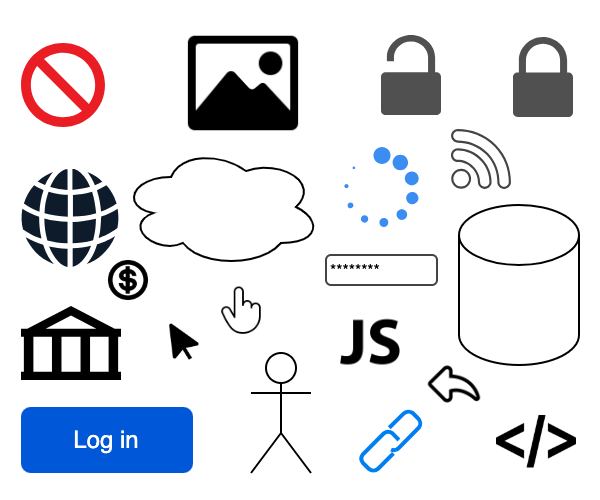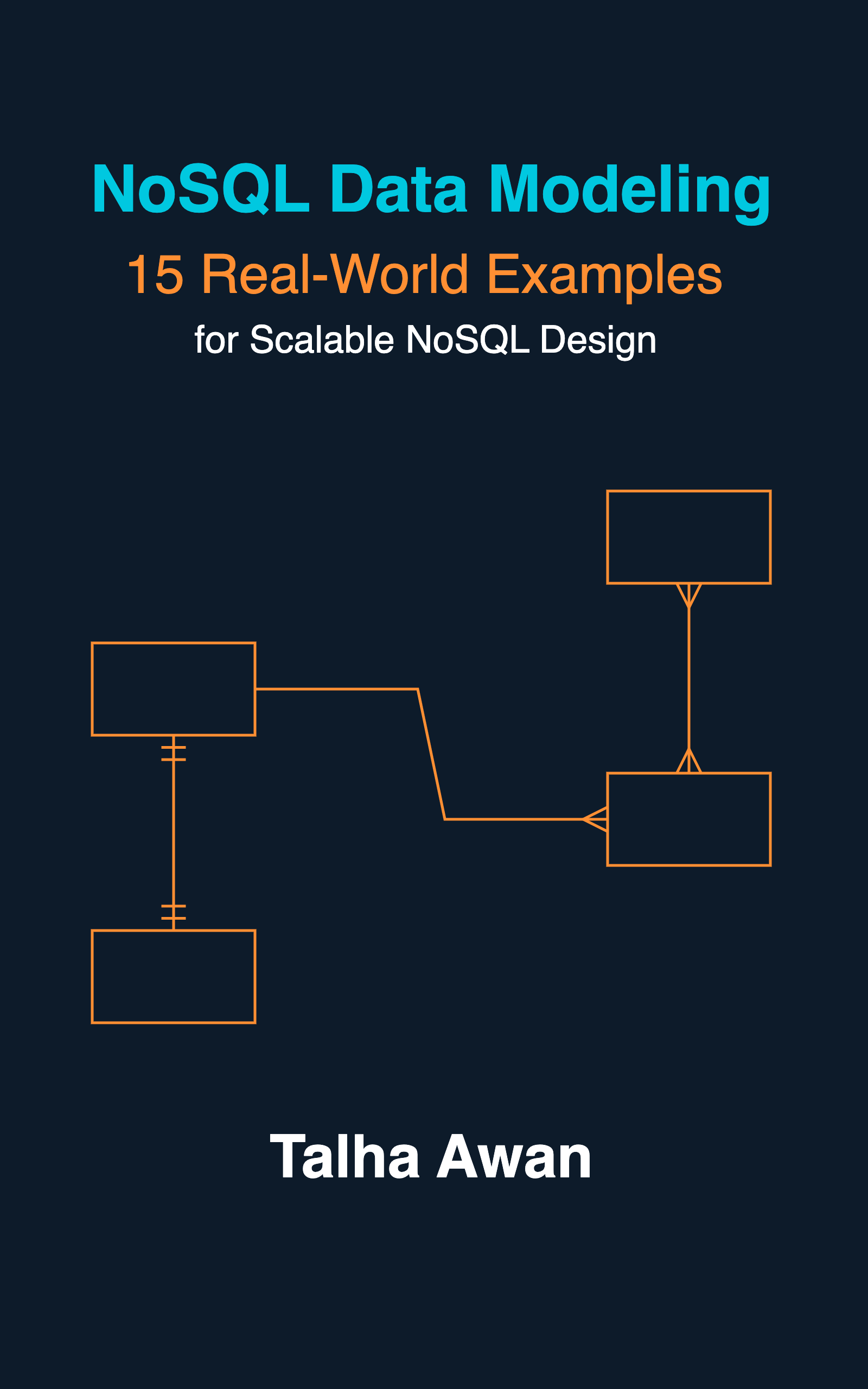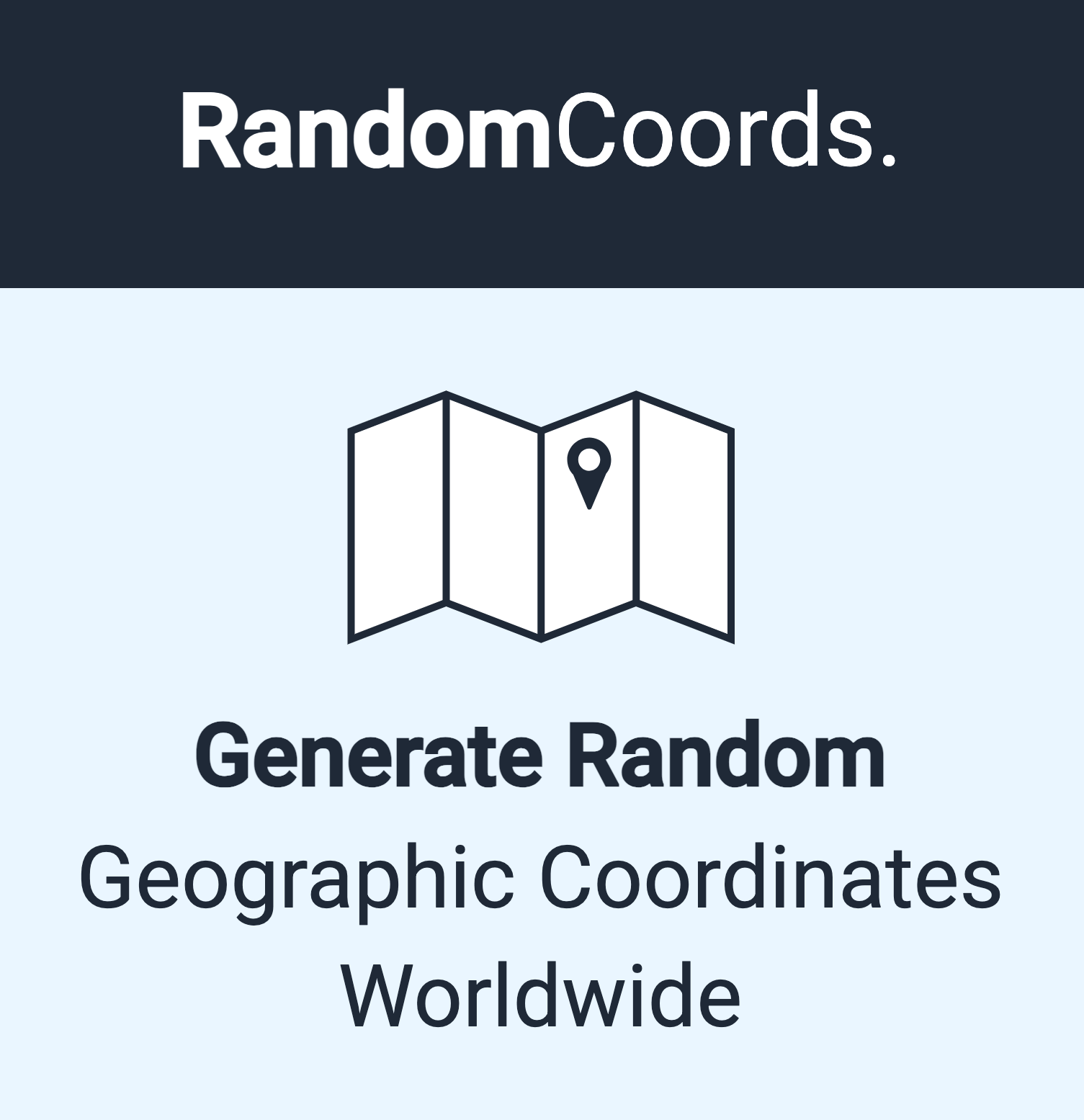This post covers how to extract numbers from text in Python. I have also written about doing it in JavaScript.
[Read More] I'm open to new opportunities! For a full-time role, contract position, or freelance work, reach out at
talha@talhaawan.net or
LinkedIn.
I'm open to new opportunities! For a full-time role, contract position, or freelance work, reach out at
talha@talhaawan.net or
LinkedIn.
Web Security Checklist
A List of Web Attack Vectors and Best Practices for Protection.

I have compiled a list of possible techniques attackers use to exploit vulnerabilities in your system. As a web developer, it is good to be mindful of the common patterns and follow the best practices to guard against the attacks.
[Read More]Python Check if Key Exists in Deeply Nested Dictionary or List of Dictionaries, Without Knowing the Path
Depth First Search (DFS) for Key Verification in Python Dictionary and List.
The Python code below recursively goes through the nested dictionary (also known as hash and object in other languages), an array of dictionaries, or both, to check if the given key exists or not, without knowing the path to the key in advance.
[Read More]Tabnabbing Attack Explained
How It Works, Why It’s No Longer Effective, and How to (Still) Prevent It.
Tabnabbing is an outdated technique that was used by attackers to distract the trapped users and get them to share sensitive information. Most of the modern browsers now have protection in place that has made this attack almost non-existent.
[Read More]Preventing Privilege Escalation in NoSQL & SQL: Secure Node.js Practices
Privilege Escalation is a vulnerability in which a user of the system could “escalate” themselves to a higher-privileged role, such as admin, through some loophole in the backend code. Taking Node.js example, let’s see how it could be done, and what are the best practices to avoid it.
[Read More]The AI Drain: What Happens When LLM Training Data Runs Out?
How AI Is Breaking the Developer Knowledge Cycle, and What Comes Next
StackOverflow already had a bad reputation. Genuine questions from developers, especially newcomers, were often met with ridicule or outright hostility from experienced individuals. The proud culture has been the source of countless memes.
[Read More]Backward vs. Forward Compatibility
The term backward compatibility is often used in software development, while forward compatibility is mentioned relatively less. What are these terms and how do we ensure that your work is always backend and forward compatible?
[Read More]Node JS Mongo Client for Atlas Data API
Without using axios or any third party library.
MongoDB Atlas provides a set of API endpoints that can be used to access the database hosted on Atlas without the need for database drivers; great for minimal memory footprint, especially on serverless infrastructures such as AWS Lambda.
[Read More]SignatureDoesNotMatch: The request signature we calculated does not match the signature you provided. Check your key and signing method.
Same code working locally, but not on a remote server. Migrating aws-sdk to @aws-sdk/client-s3
Using AWS S3 functionality in our node application, this issue suddenly broke our functionality for no plausible reason. The strange aspect was that the same thing worked correctly on the local server, but any remote server would throw this error.
[Read More]

